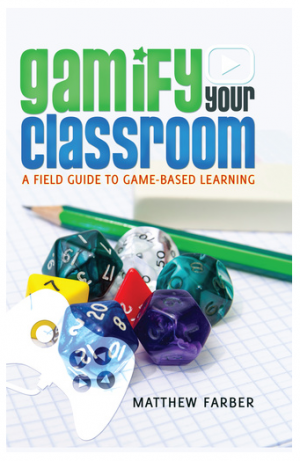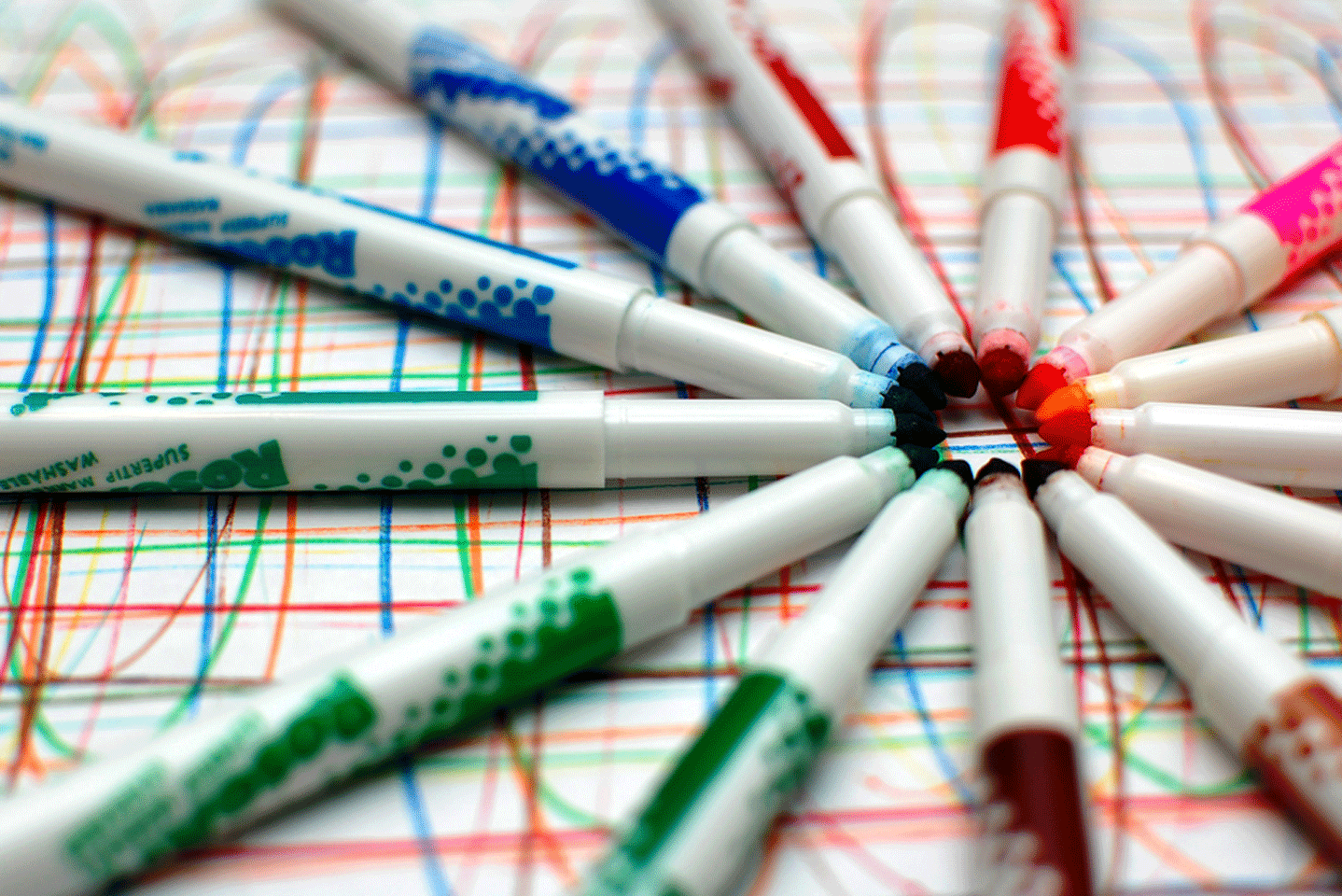Because paper-based games seem readily easy to make and modify, I wanted to learn more about the process. In August 2013 I had the opportunity to playtest a nondigital game called Socratic Smackdown. It is an “energetic discussion-based humanities game” called Socratic Smackdown (Institute of Play, 2014). Teams of four or six students engage in a gamified Socratic discussion. Textual evidence must be made to support claims. The game builds argumentative thinking skills—a Common Core State Standard for English language arts. Mission Lab at the Quest to Learn school designed the game in collaboration with teacher Rebecca Grodner. She even used it for her school’s “boss level” (end of trimester challenge) as a method for discussing dystopian novels in small reading groups. The rules were changed, with limits restricting what students could do or say. The remix was dubbed Socratic Crackdown, and hosted by Grodner dressed as the Hunger Games’s Effie Trinket. I was curious about how Mission Lab designed game-like learning experiences. Katie Salen, founder of the Institute of Play and Quest to Learn, explained the process to me. She said:
It starts with the learning outcomes, the kinds of actions of “doing.” If you see a kid doing something, you say, “Ah! They get this. They understand this concept.” Start there. Ask what are the types of situations or actions I could get a kid to do that? Ask what would provide a practice space for ways of doing, ways of thinking. Socratic Smackdown came out of that early vision. When we see kids making arguments and debating, we ask what situations can they be put in to arrive at that? That’s how you make games and map out the experiences.
I spoke at length with Mission Lab’s Shula Ehrlich, co-designer of Socratic Smackdown. We spoke in January 2014. Ehrlich first heard about Quest to Learn and Institute of Play while taking classes at Parsons the New School for Design in New York City (Katie Salen taught at Parsons prior to her current position at DePaul University in Chicago). She saw the power of games in engaging students and she wanted to be part of that initiative. After 4 years at the Institute, she became a lead designer. A lot of what she designs is close to project-based learning; some of the designs are more game-like than others.
 Quest to Learn uses about 95% paper-based games, although they are moving more towards digital. They do have a MinecraftEdu server, and teach digital game design and systems thinking with Gamestar Mechanic. Mission Lab is the Institute of Play’s design studio situated within its Quest to Learn school. The team is comprised of game and learning designers. They give full- time support to the game-like curriculum. Mission Lab works collaboratively with teachers; each teacher is paired with one learning designer and one game designer. They meet once or twice a week to develop a curriculum and to develop games to be used in the classroom. Most of the original games are nondigital, and often involve cards, dice and/or game boards. Ehrlich told me that they “really like paper-based because teachers and students can modify the games; digital is a black box to most people.” Teachers with little to no background knowledge of game design can modify or adapt a nondigital game more easily than a video game. Paper-based games have a low barrier to use, allowing for iteration from year to year. Mission Lab games offer students different possible scenarios. Ehrlich described the process:
Quest to Learn uses about 95% paper-based games, although they are moving more towards digital. They do have a MinecraftEdu server, and teach digital game design and systems thinking with Gamestar Mechanic. Mission Lab is the Institute of Play’s design studio situated within its Quest to Learn school. The team is comprised of game and learning designers. They give full- time support to the game-like curriculum. Mission Lab works collaboratively with teachers; each teacher is paired with one learning designer and one game designer. They meet once or twice a week to develop a curriculum and to develop games to be used in the classroom. Most of the original games are nondigital, and often involve cards, dice and/or game boards. Ehrlich told me that they “really like paper-based because teachers and students can modify the games; digital is a black box to most people.” Teachers with little to no background knowledge of game design can modify or adapt a nondigital game more easily than a video game. Paper-based games have a low barrier to use, allowing for iteration from year to year. Mission Lab games offer students different possible scenarios. Ehrlich described the process:
We call it exploding the game. Stretching out the capacity of the game as a teaching tool. I think it’s more powerful than playing a game once. The important thing is what surrounds a game. It’s not one discrete thing you play and that’s it. A game is situated in a larger learning trajectory. There are lessons before, related activities, and a period of rolling out pieces of the game.
Ehrlich gave me an example of “exploding a game.” She described the 7th-grade math game Absolute Blast. It is a card game about rockets that teaches the concept of absolute value. In the game, every player has three rockets and needs the highest absolute value to shoot into space. It teaches adding, subtracting, multiplying, and dividing integers, as well as negative and positive numbers. Ehrlich explained:
To explode it, the teacher rolls out a simplified version: just one rocket instead of three. You only play the cards on your own board, not others. This gets students acclimated to the rules, the basic structure of the gameplay, and math concepts. Then there is more teaching and related activities, and then back to the game, which becomes more complicated. After that the kids reflect until, finally, the full version.
Once a game is exploded, Quest teachers—like other educators—assess student learning. The teacher gives the class a piece of paper with a picture of a frozen game state and asks, “What would you do in this scenario? What would each player do in this scenario? Explain your reasoning.” Here the teacher is asking the student to reflect on game strategy as well as underlying skills. Both are higher-order challenges; the game-related question puts the learning in an authentic context. Ehrlich summed it up concisely: “We think of exploding the game as before gameplay, during gameplay, and after gameplay.”
After researching paper prototyping, I was inspired to create a student center. After all, student-created games meet many Common Core State Standards—plus, it is a fun activity! I purchased inexpensive plastic drawers and filled them with different game artifacts. The station currently contains several inexpensive items:
• Dry erase spinners
• Dry erase whiteboards
• Plastic poker chips (for game tokens—not gambling)
• Novelty eraser caps (useful as game pieces)
• Different sizes of blank index cards
• Color folders, to be used as game boards
• Hourglasses
• Toy money
• Rulers
• Several sets of dice—and not just 6-sided



